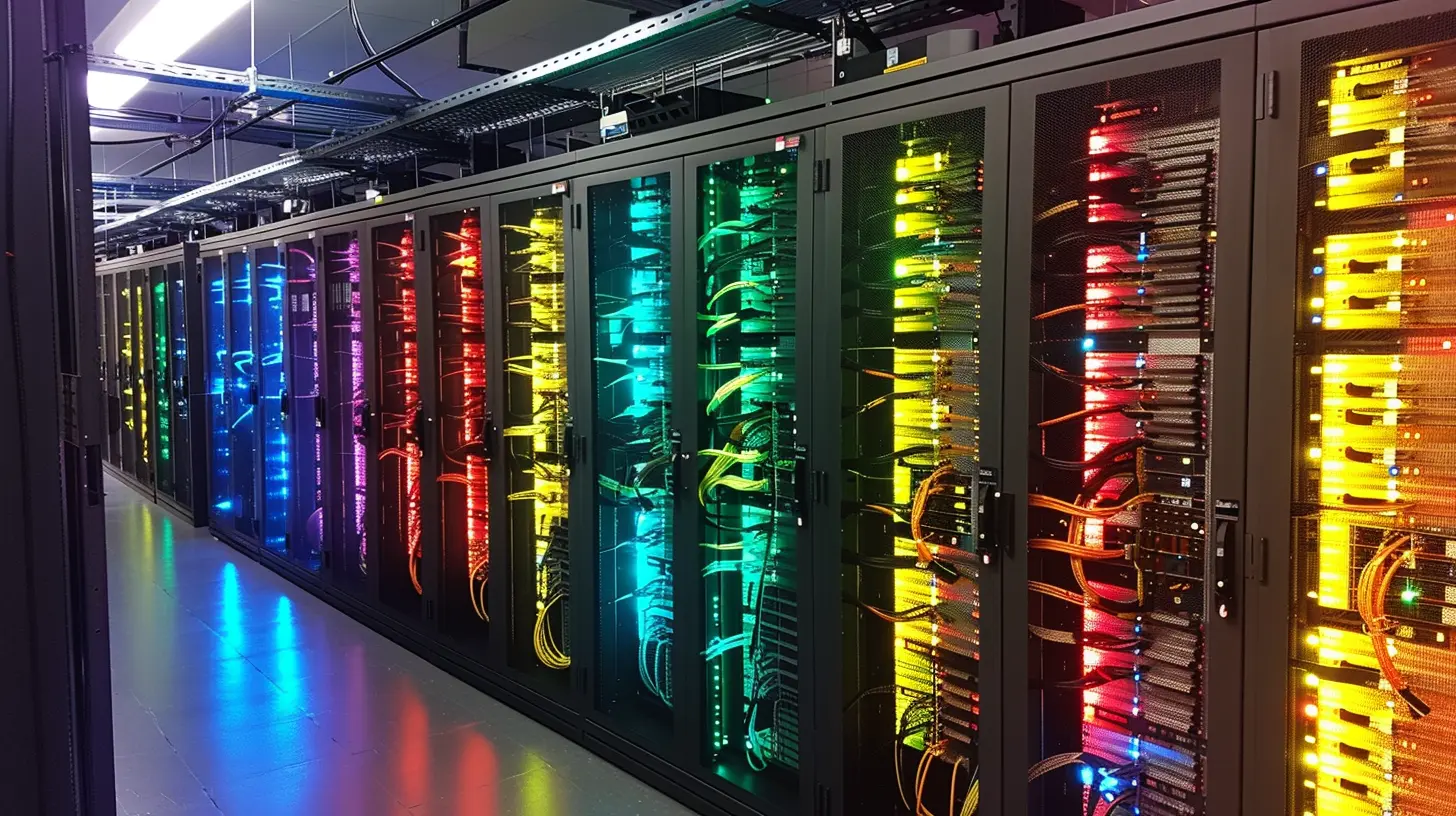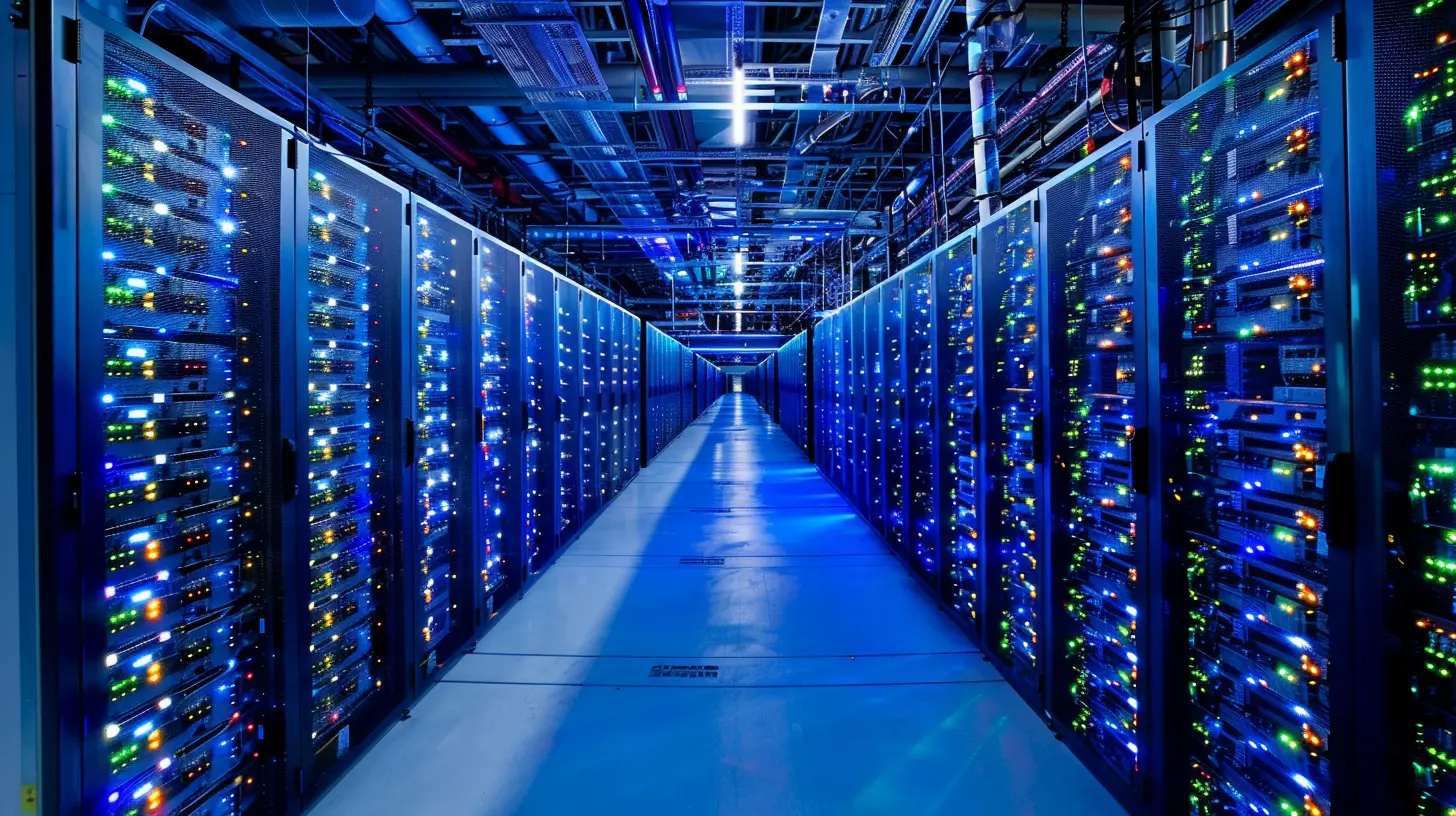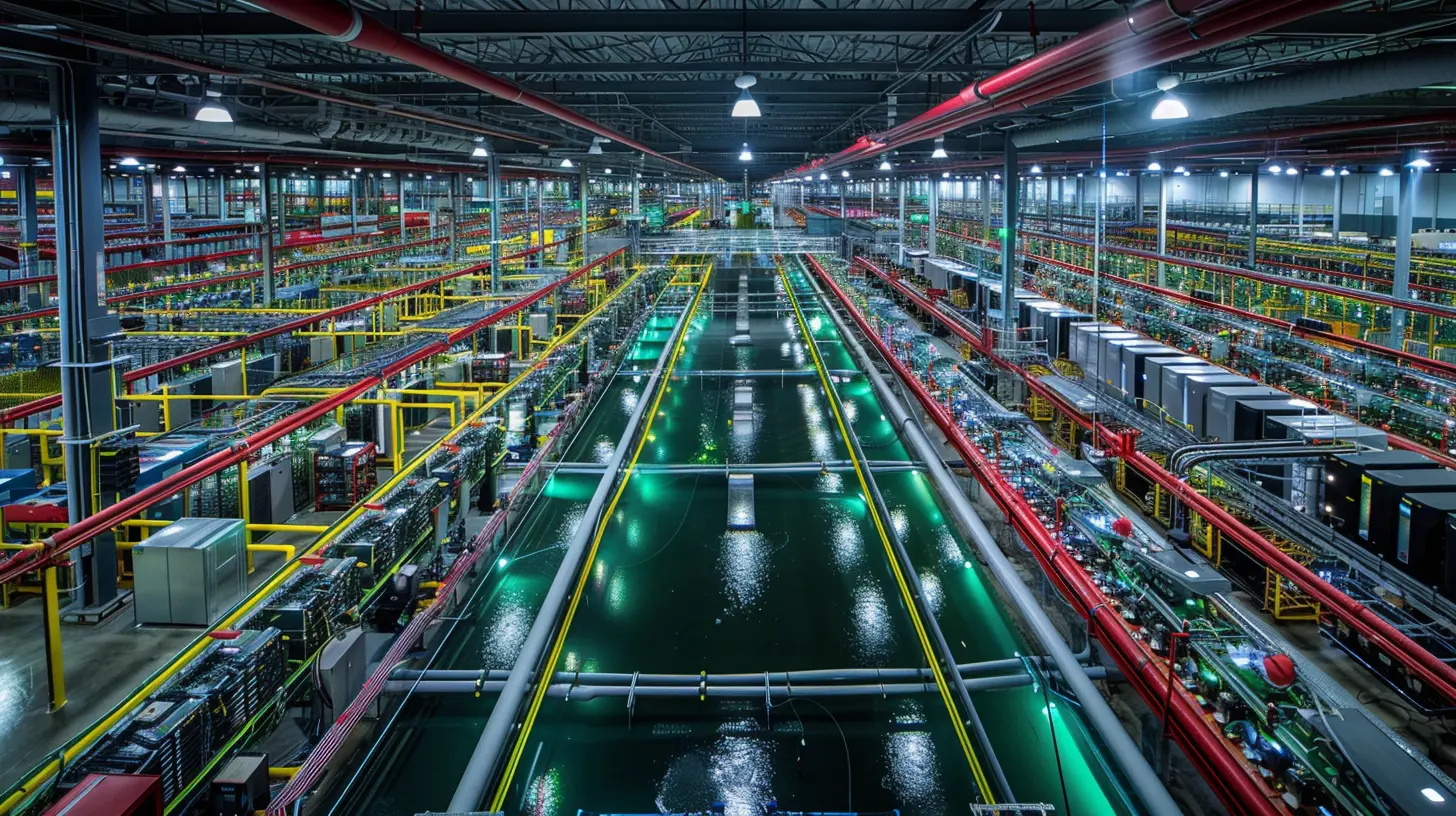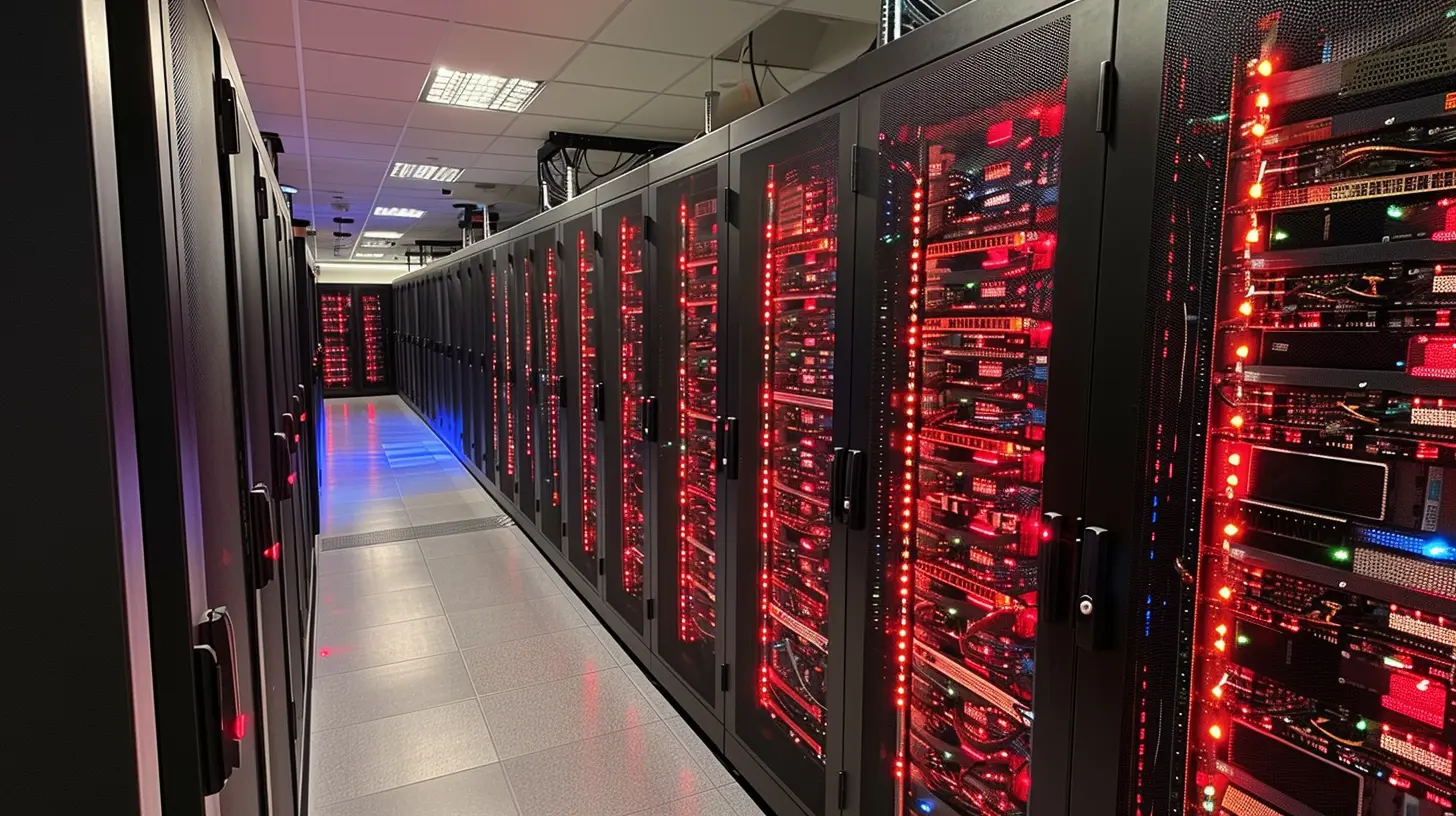Data Center Infrastructure Management (DCIM): Tools You Should Be Using
20 July 2025
Let’s be honest: when you hear “data center infrastructure management,” your brain might immediately scream, “Too technical, not today!” But hang on—DCIM doesn’t have to be a buzzword that only IT geniuses or server room wizards understand. In fact, if you’re responsible for anything related to your organization’s IT or digital backbone, this is something you seriously need to get familiar with.
Why? Because data centers are the beating heart of our digital world. Whether you're streaming Netflix, processing payments, or accessing cloud-stored data, it all runs through data centers. But without the right tools to manage them, chaos is just a downtime away.
So buckle up, because we’re diving deep into the world of Data Center Infrastructure Management (yeah, DCIM). By the end of this, you’ll not only understand what DCIM is, but you’ll also walk away with a list of tools you absolutely should be using to keep your digital engine running smoothly.
So, What’s DCIM Anyway?
DCIM stands for Data Center Infrastructure Management. It’s essentially a system that allows you to monitor, measure, manage, and ideally optimize your data center environment. Think of it as the guardian angel watching over your servers, storage, cooling systems, and even power supplies.Imagine trying to fly a commercial airline without any dashboard, radar, or communication tools. That's what managing a data center without DCIM would feel like—flying blind in a storm.
DCIM tools bridge the gap between IT and facilities management. They help you visualize and control everything from airflow to asset inventory, ensuring minimal downtime and peak efficiency.
Why Is DCIM a Big Deal?
It’s a big deal because data centers are complex. Like, crazy complex. You’ve got racks of servers, mountains of cables, tons of electricity flowing through, and cooling systems that have to be just right.Even one small issue—like a hot spot in a single server rack—could lead to overheating, hardware failure, or worse, downtime.
And we all know downtime is not just annoying—it’s expensive. That’s why having real-time visibility and control matters.
DCIM tools bring order to chaos. They track and analyze everything, allowing IT teams to act swiftly and smartly.
What Can DCIM Tools Actually Do?
Great question! DCIM tools generally fall into a few main buckets:- Asset Management: Track your physical and virtual assets—what they are, where they are, and what they’re doing.
- Environmental Monitoring: Measure temperature, humidity, airflow—you name it. No more guessing whether your equipment is overheating.
- Power Monitoring: Keep an eye on energy consumption down to the individual outlet.
- Capacity Planning: Know exactly when and where you’re running out of space, power, or cooling.
- Visualization: Create 3D or schematic models of your entire data center.
- Workflow Automation: Assign tasks, set alerts, manage incidents efficiently.
Cool stuff, right?
Alright, now let’s talk tools—because not all DCIM solutions are created equal.
The Must-Have DCIM Tools You Should Be Using
Ready to supercharge your data center management strategy? Below is a curated list of the most powerful and user-friendly DCIM tools out there, each with its own flavor and specialty. Consider this your DCIM shopping list.1. Sunbird DCIM
If DCIM were the Olympics, Sunbird would be a serious gold medal contender. It’s intuitive, visual, and packs one heck of a punch.Why You’ll Love It:
- Super user-friendly interface (even non-techies can navigate it)- Interactive power chain visualizations
- Real-time power and environment monitoring
- Data-driven insights for capacity planning
Whether you’re running a mid-sized enterprise or a massive facility, Sunbird offers the clarity and control you need.
2. Nlyte Software
This tool is like Batman's utility belt—comprehensive, powerful, and always ready for action.Perks Include:
- Seamless asset lifecycle management- Compliance reporting
- Facility and IT integration
- AI-powered analytics
Large-scale data centers will appreciate how Nlyte scales and integrates across multiple locations.
3. Schneider Electric’s EcoStruxure IT
Schneider is kind of a big deal in the world of electrical and automation management, and their DCIM tool is no exception.Standouts:
- Remote monitoring via mobile (because who’s sitting at a desk these days?)- AI-based predictive analytics
- Third-party device compatibility
- Tight integration with Schneider hardware
If you’re already using Schneider gear, adding EcoStruxure is a no-brainer.
4. Device42
Simplicity meets versatility with Device42. It’s not your typical DCIM tool, which is exactly why so many IT teams love it.Features You'll Dig:
- Auto-discovery of IT assets- Dependency mapping
- Hybrid cloud visibility
- Integration with ServiceNow, JIRA, and more
It’s perfect for organizations transitioning to hybrid or multi-cloud architectures.
5. Trellis by Vertiv
Vertiv’s Trellis is a real-time infrastructure optimization tool. Sounds fancy, right? Trust us, it lives up to the hype.What’s Cool:
- Real-time power and thermal monitoring- End-to-end infrastructure visualization
- Facility-wide asset management
- Modular design for scalability
This is especially good for mission-critical facilities that need 24/7 reliability.
6. ManageEngine OpManager
Some DCIM tools are complex, others are overly simplified. OpManager strikes a perfect balance.Why It Works:
- Real-time network monitoring- Customizable dashboards
- Integrated fault management
- Cost-effective pricing
It’s ideal for small-to-mid-sized data centers that want power without the headache.
How to Choose the Right DCIM Tool?
Look, we’re not going to tell you there's one perfect tool. Every data center is unique—like snowflakes, but with more blinking lights.Here’s what you should consider before swiping that corporate credit card:
✅ Functionality vs. Complexity
Pick a tool that gives you what you need without making your head spin. More features are great, but only if you’re going to use them.✅ Integration Capabilities
Does it work well with your existing systems (like VMware, Azure, AWS, ServiceNow)? If not, move along.✅ Scalability
Will the tool grow with your needs, or will it become obsolete in two years?✅ Support and Training
Good tech support can be a game-changer. Look for companies that offer onboarding, custom training, and ongoing help.✅ Price vs. Value
Don’t just chase the cheapest option. Think in terms of ROI—how much time, energy, and money will it save you in the long run?Real Talk: What Happens Without DCIM?
Without a solid DCIM game, things start to unravel. You’ll be manually tracking assets in spreadsheets, guessing at power usage, and reacting to problems instead of preventing them.It’s like trying to fix a car while it’s doing 80mph on a highway. Not exactly ideal.
More importantly, in today’s data-driven economy, downtime is deadly. Customers expect 24/7 availability. A single hour of downtime can cost thousands—sometimes millions—depending on your business.
DCIM isn’t just a nice-to-have—it’s your insurance policy, your early warning system, and your efficiency optimizer all rolled into one.
The Future Is Smart, and DCIM Is Getting Smarter
Just when you thought DCIM tools couldn’t get cooler—they did. Thanks to AI, machine learning, and real-time analytics, modern DCIM platforms are starting to predict failures before they happen and suggest smarter layouts for energy efficiency.We’re talking about data centers that almost manage themselves. Not fully autonomous yet, but getting close. Think of it as your data center’s sixth sense—able to sniff out trouble and alert you before anything hits the fan.
Final Thoughts: Don’t Fly Blind
If you’re running or managing any part of a data center—even a small one—DCIM tools aren’t optional anymore. They bring order, visibility, and peace of mind in an otherwise chaotic environment.The best part? You don’t need to be a tech wizard or have a Ph.D. in electrical engineering to use them. With the right tool, managing your infrastructure becomes less of a chore and more of a strategic win.
So stop flying blind. Pick the tool that fits your needs and get started. Your servers (and your sanity) will thank you.
all images in this post were generated using AI tools
Category:
Data CentersAuthor:

Reese McQuillan
Discussion
rate this article
1 comments
Vireo Acevedo
Great article! It’s fascinating how DCIM tools can transform data center operations. Managing resources efficiently while monitoring performance sounds like a game-changer for IT teams. I appreciate the insights and recommendations—definitely bookmarking this for the team’s next strategy session. Keep up the great work!
July 28, 2025 at 5:02 AM

Reese McQuillan
Thank you for your kind words! I'm glad you found the article helpful. Best of luck with your team's strategy session!


